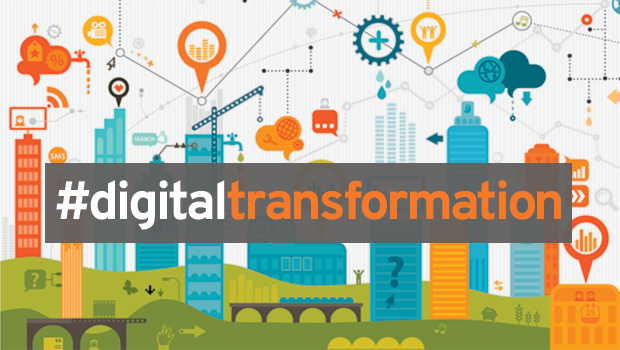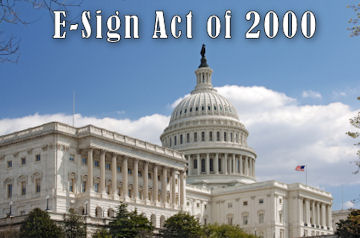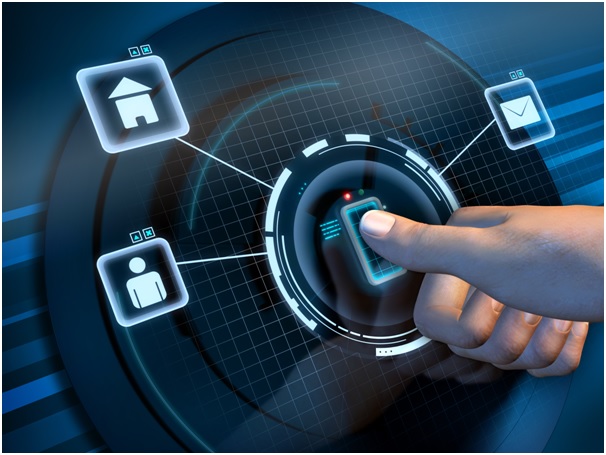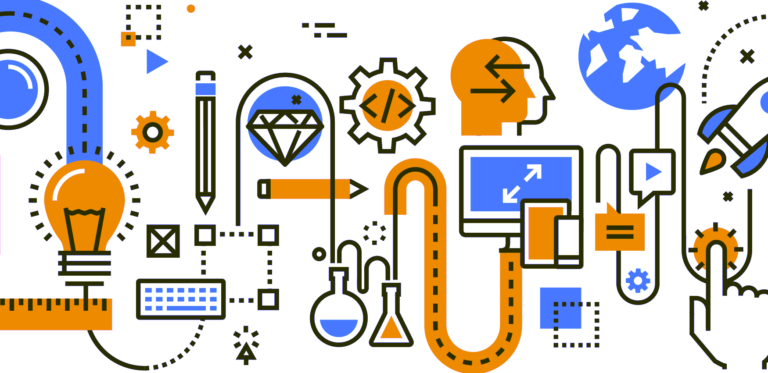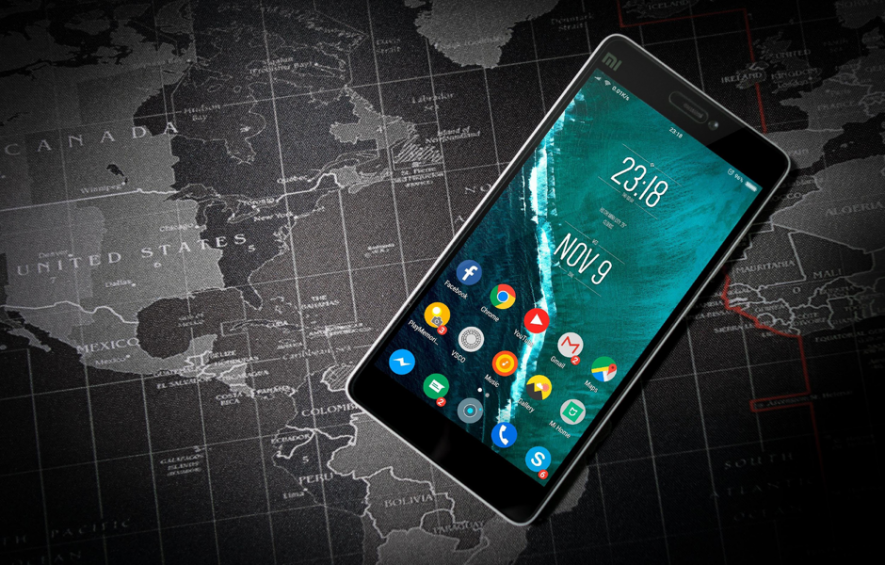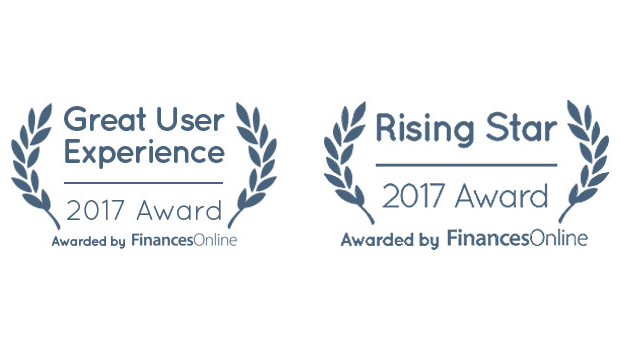
It is a proud moment for the ZorroSign team to become the winners of Rising Star and the prestigious Great User Experience award in December 2017 by FinancesOnline, a B2B & software solutions review site. This highly reputed and popular software review platform featured ZorroSign where their experts analyzed how our solution is changing the eSignature and Digital Transaction Management game.
Expert enterprise software analysts from FinancesOnline review and examine hundreds of the best free electronic signature software and Document Management Software categories under Collaboration Software and we are honored to be recognized as leaders in our space. According to their experts ZorroSign offers sophisticated yet flexible functionality that can handle simplest to most complex document signing workflows and processes used by SMB and large enterprise companies.
According to Finances Online, eSignature is a facilitating confirmation option, but also an online mechanism for trustworthy validation of critical information and documents. A good solution makes faking signatures extremely difficult, if not impossible. The high-end digital eSigning software for enterprises automates the workflow by allowing users to convert proprietary documents into templates and also by providing a set of pre-made templates you can distribute instead of drafting special ones for every occasion. More sophisticated solutions like ZorroSign also offer full logic-based content automation capabilities. Our solution was also recommended as one of the top e-signature alternatives suggested by the experts.
When it comes to operations, processes, and requirements, no two companies are the same. That is why ZorroSign offers a consultative approach to helping our customers find the right solution. Our demos are also customized.
We invite you to reach out to us, ask us questions, see a custom demo, and sign up for our free Starter account and get your first 10 document sets for free.
